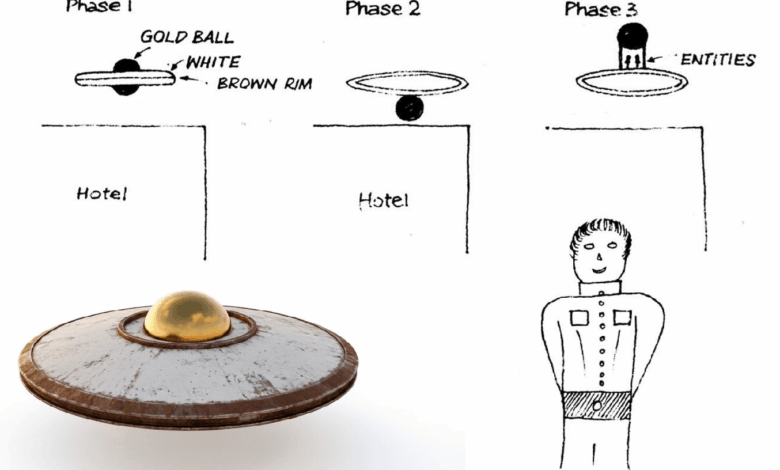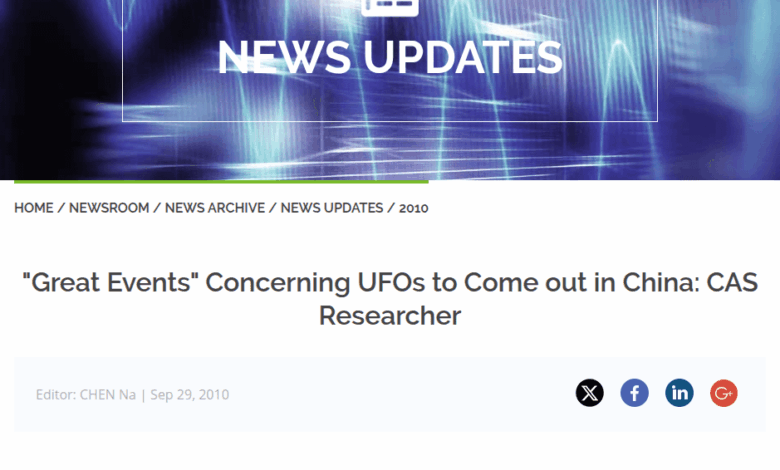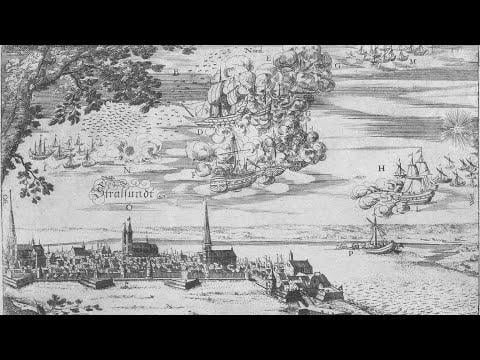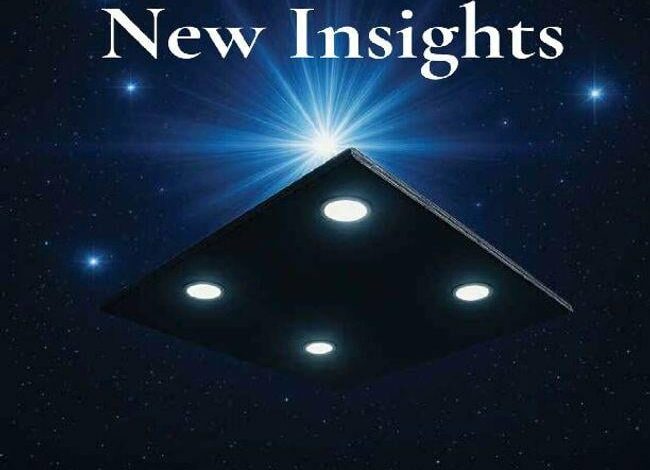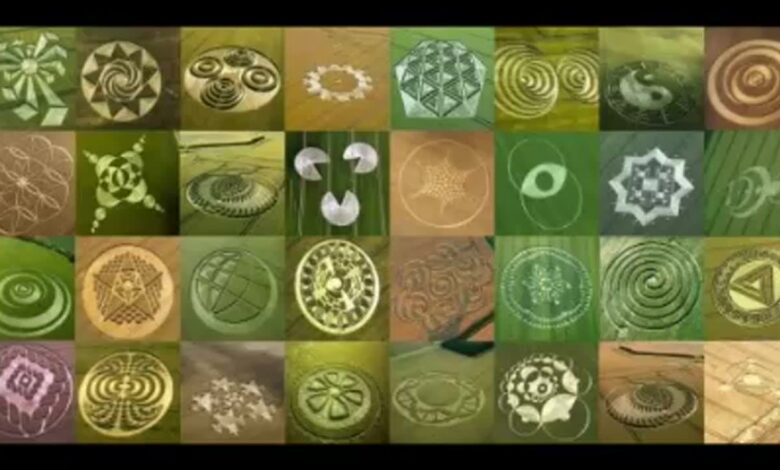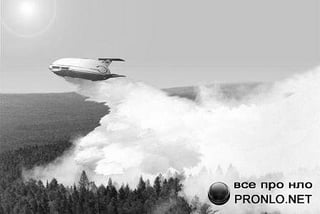Does Tim Still Believe in UFO Sightings? Exploring the Truth Behind UAP Encounters Uncovering the Reality of UFO Sightings and…
Read More »Historical
Fascinating UFO Sightings Report from Johannesburg, South Africa, 1946 Unveiling a 1946 Encounter with an Unknown Flying Object In the…
Read More »Unveiling the Mystery: China’s Persistent Fascination with UFO Sightings The Ongoing Interest in UAP Encounters and Alien Abductions in China…
Read More »Unveiling the Airborne Battles of Stralsund: An Illustrated Historical Account Exploring the Legendary Sky Fights of 1665 In 1665, a…
Read More »Inside the US Government’s Covert UFO Program: New Insights from James Lacatski Unveiling the Secrets of the US Government’s UFO…
Read More »Uncovering a Hidden Tale: UFO Sightings and Alien Encounters in South Africa A Personal Account of a 1950s UFO Encounter…
Read More »Crop Circles: The Ultimate Deep-Dive into Mysterious Shapes and UFO Connections Unraveling the Enigma of Crop Circles Crop circles have…
Read More »Recent UFO Sightings and UAP Encounters Over Europe: A Comprehensive Overview The Rising Incidents of Drone Encounters at European Airports…
Read More »Exploring UFO Sightings and UAP Encounters: What Could Be Behind the Phenomenon? The Mysteries of the UFO Phenomenon and Humanity’s…
Read More »The Common Mistake of Misidentifying UFOs Understanding the Confusion Behind UFO Sightings Throughout the years, many UFO sightings have turned…
Read More »

